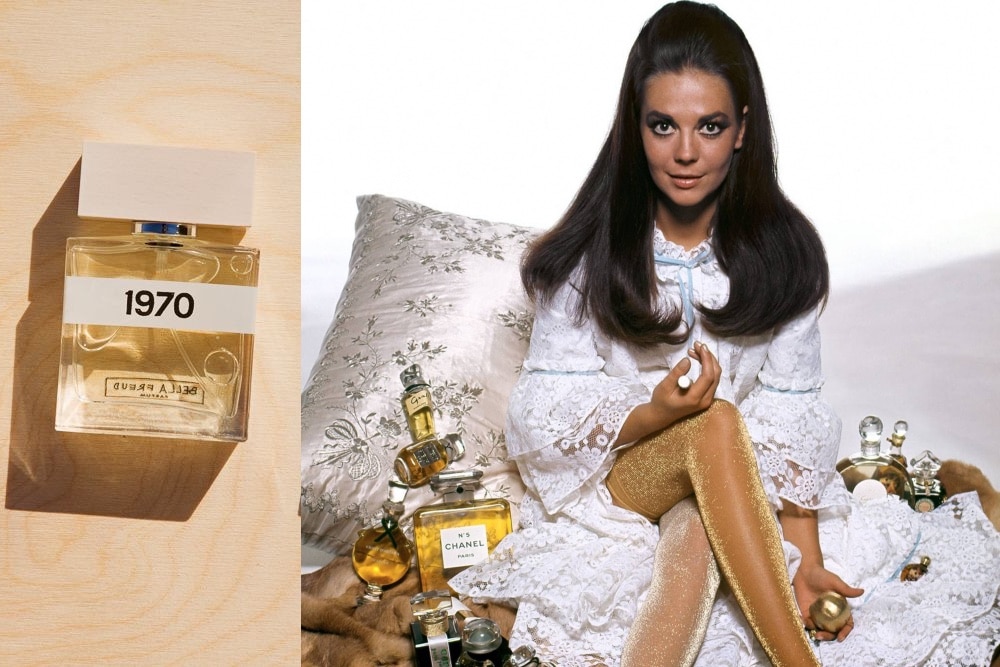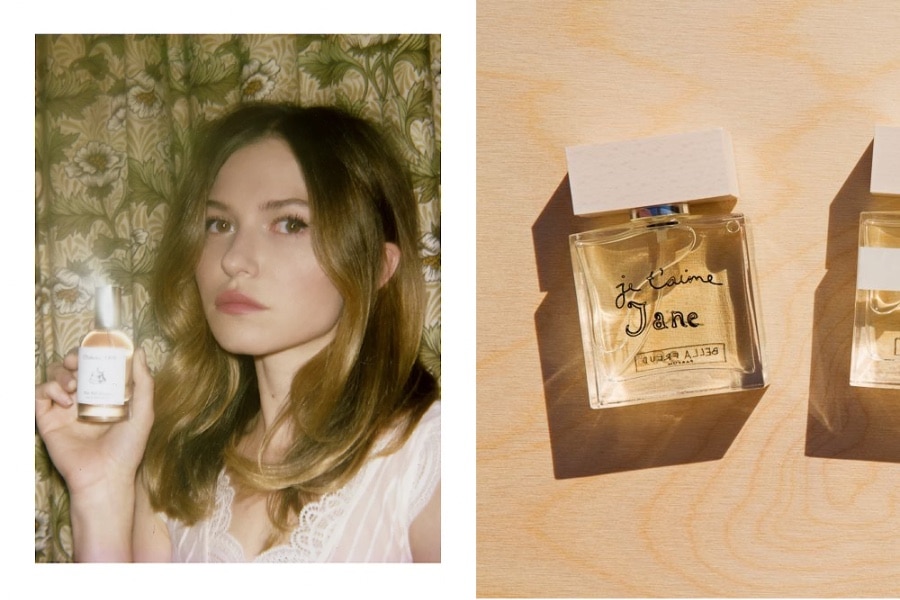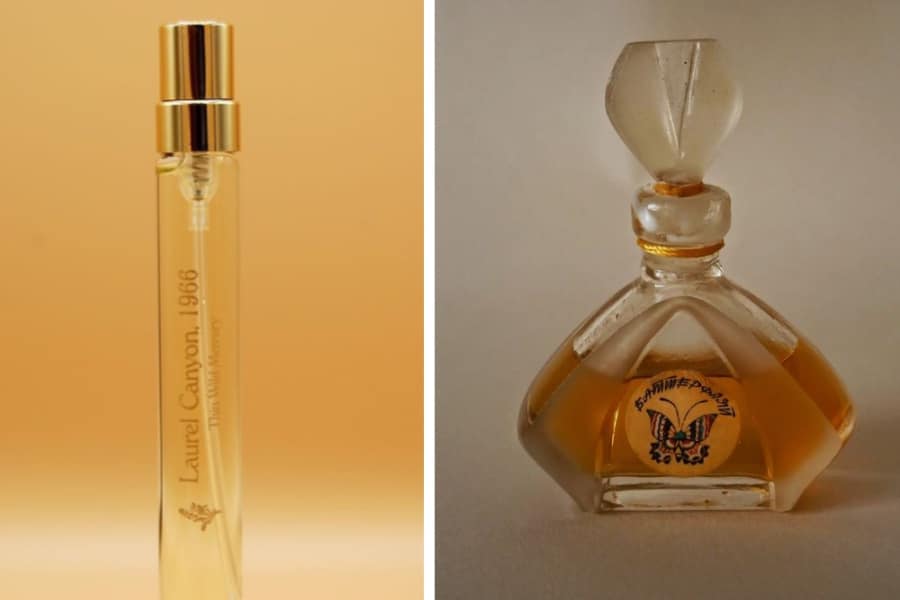
A fragrance cocktail, it sounds fancy doesn't it? It goes hand in hand with a dry martini and a string of pearls. Something us long time beauty aficionados and insiders should have the inside scoop on. But like with all things involving personal taste, breaking the rules of convention is part of the course. Like our personal style, our sensory palette can change fervently. Any given day we may find our taste swinging from fresher more lightweight scents to something more earthy and developed. In this case, perfume layering is the perfect antidote, because it allows us to customise.
In truth, while the practice has been around for sometime, there is something of an art in creating the correct scent, and like most things both science and nature play a serious factor when it comes down to it. So with that in mind, perhaps don't go whipping out your two most expensive bottles of Tom Ford for some wild experimentation, instead we've examined the optimum ways on how to achieve this without any wastage.

Images: One, Two
What exactly is fragrance cocktail?
To put in simply, perfume layering or "cocktailing" refers to the intermixing of multiple fragrances at once to create a bespoke yet harmonious scent. This practice has been around for some time, and in fact can be traced back to French perfumers who looked to extend the life of their scents in easily achievable ways. Often this was found by trialing things like soaps, colognes and body washes to extend to other parts of the body.
What is the best way to make a fragrance cocktail?
When it comes down to it, the tried and true method is to play around. Like all matters of science, some properties just won't mesh with others so well and everyone has an individual anatomy that interacts differently to these properties. A good rule of thumb is to start simple, by working in a homogenous scent that evokes some sort of memory with a harmonising base scent that could elevate it in some way. For instance, one who is sentimental to a Chanel N.5 could do well to mix it with assisting notes of Lemon or Neroli, which are the founding top notes of the vintage fragrance. At the end of the day, your senses won't lie, telling you exactly what will work best.
What fragrances layer well together?
To understand this, first there needs to be a crash course in the basics of the olfactive regions. These are the seven categories the base scents can be grouped into, which will help you better understand how to blend scents, and they go as follows:
- Citrus: Fresh and light; includes essential oils derived from fruit peels like oranges, grapefruit, lemon, mandarin, bergamot, lime, peach
- Floral: Feminine and sweet; includes essential oils derived from flowers like rose, jasmine, lily, tuberose, ylang-ylang, violet, and more.
- Fougère: Masculine and refined; deeper in texture, includes woods, oak moss, bergamot, coumarin, vetiver, and lavender.
- Chypre: Warm, dry and languid; includes a mix of oak moss, patchouli, grass, with floral or punchy notes including ginger or nutmeg.
- Woody: Warm and balanced; includes cedar, vetiver, sandalwood, amber.
- Oriental: Unisex, warm, and sensual; includes patchouli, amber, vanilla, moss, and exotic woods, spices and flower blends.
- Mossy/ leather: Masculine and deep; includes scents that channel the smell of leather like smoked and burnt wood, birch, and tobacco.

Images: One, Two
How can you avoid a clashing cocktail ?
It's important here to pay attention to the ingredients used and the olfactive region. Something with an extensive list from a polarising scent category is to be avoided. Instead, start small and build up with fragrances that are from familiar families with a shorter ingredient list. This will ensure you're not overcompensating one scent over another and give both a chance to thrive.
The best way to create a signature scent?
As previously stated, like all your personal style decisions your scent can also evolve daily. Finding a signature scent should be an evolving process of trial and error. In order to find what harmonises you'll need time to see how well the scent develops into your skin. Seeking variety is never hard, there are a number of ways you can dabble in the world of fragrance testing. Many bespoke perfumers offer a range of travel or sample sizes of the fragrances which is the perfect way to experiment for those of us who struggle to commit. If you're fan of all things earthy and vintage you can't go wrong with a discovery set from Lauren Canyon based, Thin Wild Mercury who play a delicate homage to a range of classic olfactive scents.
When it comes down to it, perfume layering is all about your own self expression and leaving your individual stamp. Our personal scent story is is so much more interesting with a couple of extra layers.
Interested in taking the experimenting a little further? Take a look at our curated list of gender neutral fragrances to enhance your cocktailing experience.



